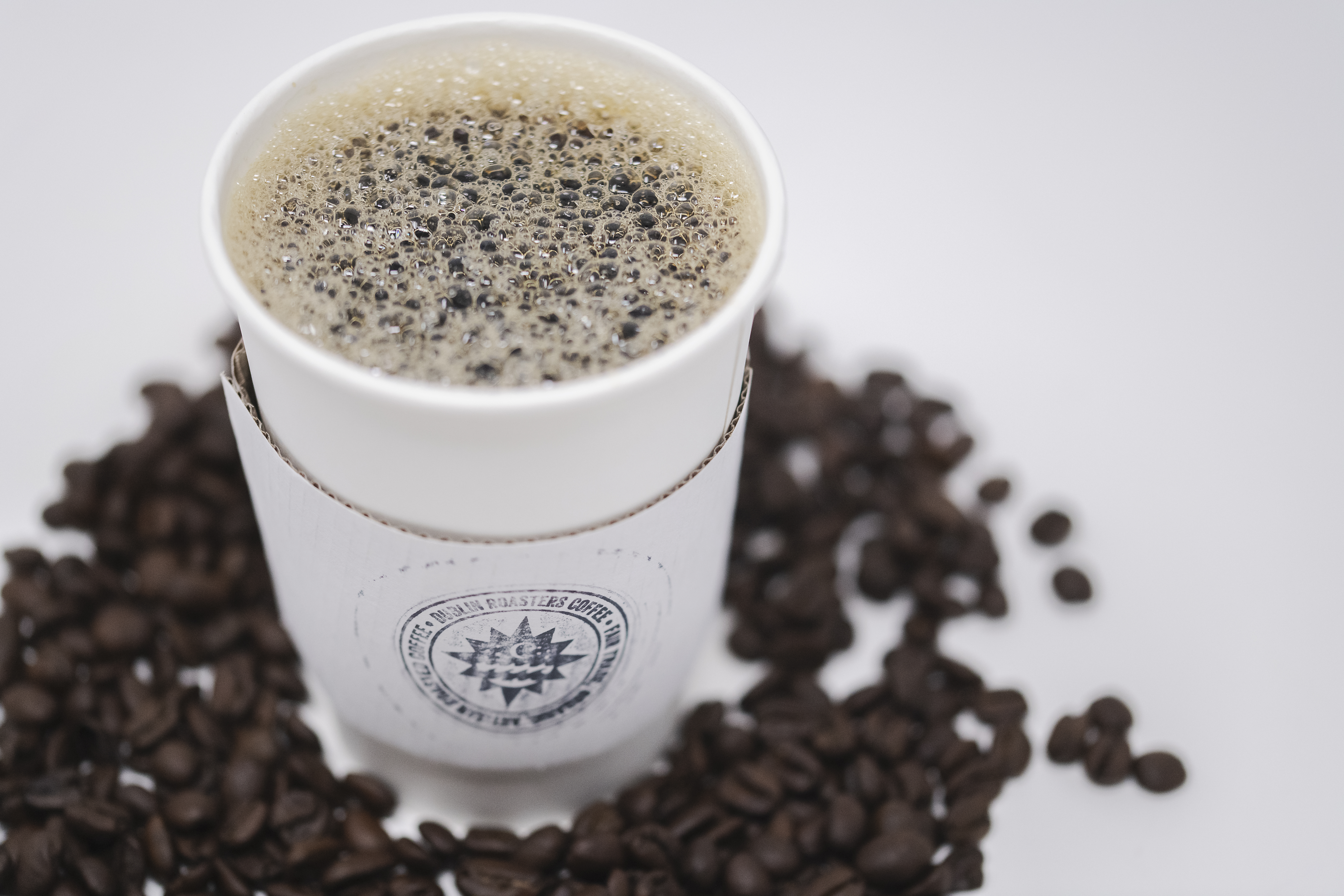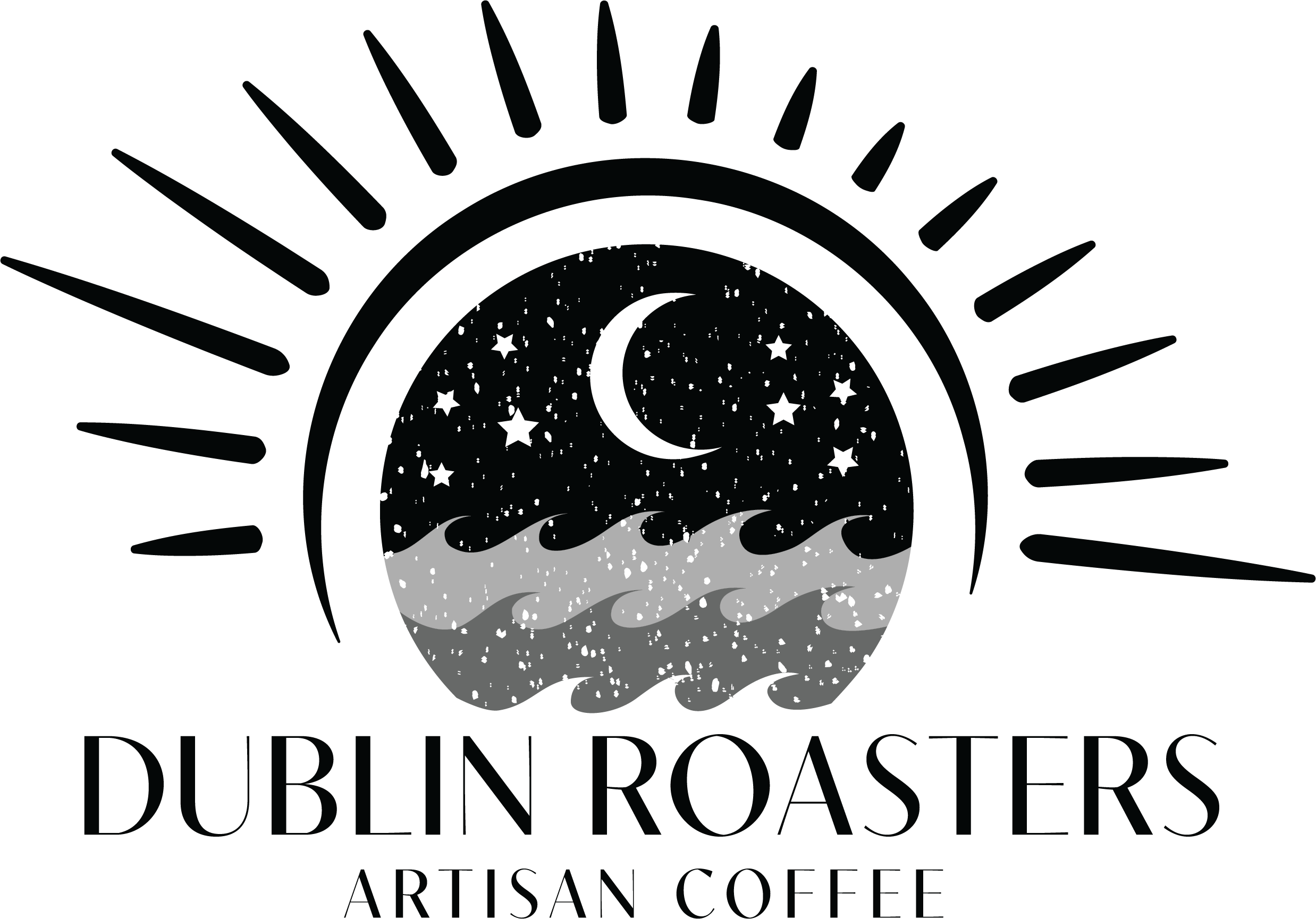
22 Aug Light Roast and Dark Roast Coffee: What’s the Difference?
Why do different coffees have such varied flavors? After all, coffee beans are all similar, right? The short answer: not so much.
It’s not about the climate beans are grown in, how it’s brewed, or even where the bean originated from that lends to different flavor profiles. Although roast time, temperature, and the capacity of your machine matter, roasting light and dark coffees with superb flavor is an art mixed with a bit of science.
Light Roast and Dark Roast: Let’s Talk Flavor
Beans are beans, and here at Dublin Roasters, we love all varieties the same. Yet, there is a difference. Light coffee beans and dark coffee beans don’t exist when harvested, yet some beans actually lend themselves to not being able to roast dark, like Honduran, and Indian. Some of the darker varietals enjoy being roasted medium and dark, but not light, like Ethiopian Yirgacheffe and Colombian Woosh Woosh, because of the water content. The variance in color from light to medium to dark happens during the roasting process.
Light roast coffee tends to be fruitier with bright taste notes. The bean is roasted at a lower temperature, meaning the flavor stays intact.
Dark roast coffee beans are a deeper brown. Oils are released onto the bean while they roast, giving it a smokier flavor and richer color.
Which has the Best Caffeine Jolt?
The difference between light roast and dark roast caffeine levels is slim, yet darker roasted coffee does have less caffeine due to evaporation. The thought behind this is that caffeine begins burning off during roasting, yet it burns off at a higher temperature than most roasters roast beans. A common roast happens at 430° degrees for 17 minutes after the second crack. It has less caffeine than a blonde roast at 415° degrees for 14 minutes.
The beans themselves have no difference in caffeine content. Dark roast beans do expand a little more during the process. So, if you measure in volume, there may be fewer beans in one scoop. Lighter roasts have slightly more density of beans and caffeine. Coffee generally loses 20% of its weight from green bean to roasted coffee from the evaporation of caffeine and water. Cold brew has a good amount of caffeine because it is cold water processed and not brewed in a traditional heat process. Therefore, if you are looking for a jolt, cold brew is the way to go! A shot of espresso has about the same amount of caffeine as an 8-ounce cup of coffee.
What About Medium Roasts?
Great question!
Medium roast coffees meet java lovers right in the middle. The color isn’t too light or too dark. Secondly, they lose the light roast flavors that can be heavy in floral and citrus notes, yet the body is thicker and the taste is a little bolder. So, if you’re struggling to choose a side, medium roasts may be the perfect blend for you.
Want to learn more about the roasting process? We love it when visitors stop by to see Serina and her crew work their magic. From regular to specialty blend flavors, Dublin Roasters has you covered. We aren’t your typical coffee house. We’re fueled by love, positivity, and a crazy-good java. Our beans are sourced ethically from around the globe and roasted right at home at our shop in Downtown Frederick. Shop online or stop by, sit a spell, and let’s enjoy a great cup of coffee together!


